Why MeLuna Focuses on Cup Diameter, Not Volume, for Sizing
When people shop for a menstrual cup, one of the first specs they often look at is volume in milliliters. It’s tempting to think, “A bigger volume means I can go longer without emptying it.” But at MeLuna, we don’t use cup volume as our main sizing guide. Instead, we focus on diameter. Here’s why.
The Reality of How a Menstrual Cup Sits in Your Body
A menstrual cup is not worn perfectly upright like it would be sitting on a table. Inside your body, it sits at an angle, following the natural slope of your vaginal canal. On top of that, your cervix may protrude slightly into the cup during your period.
That means the usable volume of the cup is less than the total capacity listed on paper. Even if a cup has 30 ml capacity to the rim, the real space available for fluid may be noticeably smaller once your body’s anatomy is taken into account.
This also varies from person to person.

How Volume Is Measured and Why It’s Only a Reference
The milliliter numbers you see for menstrual cups are calculated in highly controlled conditions, not in real-life scenarios.
At MeLuna, we start with exact CAD program calculations while designing the cup. Then, once the molds are made, we measure them in the lab using liquid without surface tension, carefully keeping the cup completely vertical.
In the real world, it’s almost impossible to replicate these lab conditions at home:
-
If the cup tilts even slightly, a little liquid stays behind.
-
Pressing on the cup walls reduces capacity.
-
Low-viscosity liquid starts escaping through the small air holes as soon as the cup fills near the top.
Small differences in a real-world test, are normal. That’s why at-home “capacity tests” often give lower results than official specs.
Why Diameter Matters More Than a Few Extra Milliliters
A menstrual cup is not a measuring cup for menstrual fluid; it’s a comfort-and-fit device first. Whether you have one or two milliliters more, the extra capacity will not noticeably affect your wear time. But the fit of your cup directly impacts both comfort and leak prevention.
Diameter is key for a proper seal.
-
If the cup is too narrow, it may not seal against the vaginal walls, leading to leaks.
-
If the cup is too wide, it may feel uncomfortable or put unnecessary pressure on surrounding tissues.
By focusing on cup diameter, we help ensure you get a size that works with your body’s unique shape and provides a reliable seal, which in turn does more for your satisfaction than chasing an extra milliliter of capacity.
The Takeaway
Volume numbers can be useful for comparing cups in general terms, but they don’t tell the whole story. Because of your anatomy, cup position, and the way volume is measured, the actual difference between 28 ml and 30 ml is negligible in real use.
That’s why at MeLuna, we guide customers toward the right diameter so you get the most comfortable, secure, and effective menstrual cup experience possible.
Volume information is provided for reference only, and we cannot guarantee its usable capacity due to the factors noted above. For the clearest picture of each cup’s size, please refer to the measurements given in millimeters.




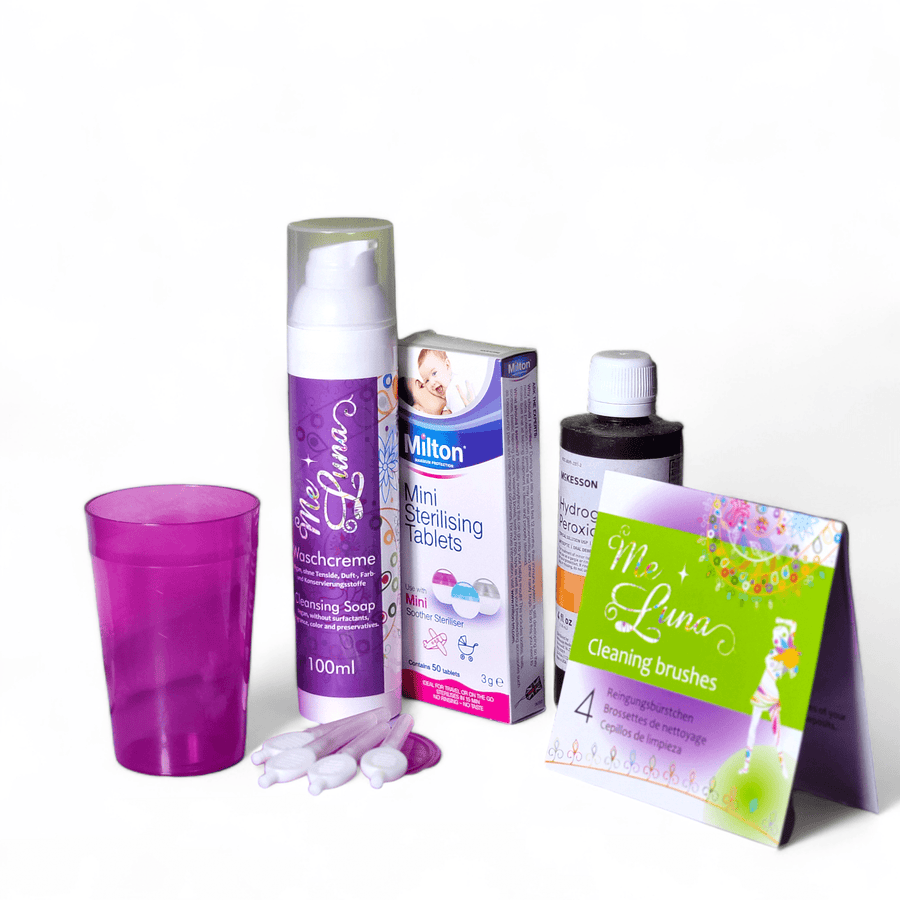

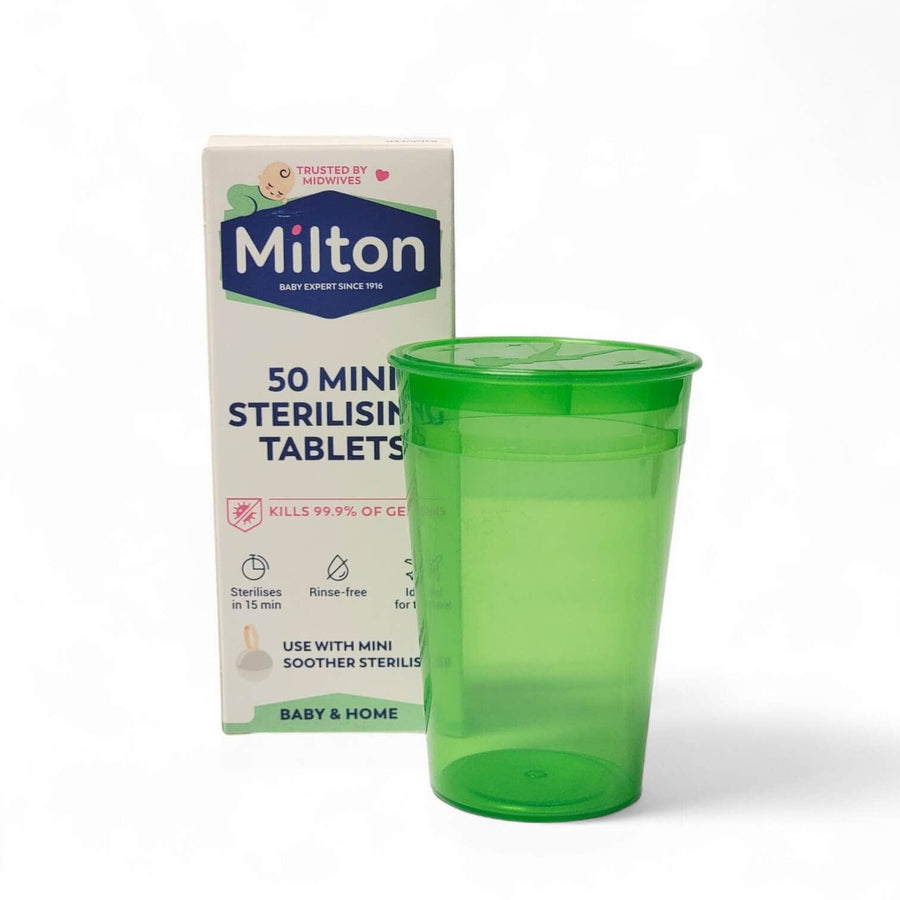
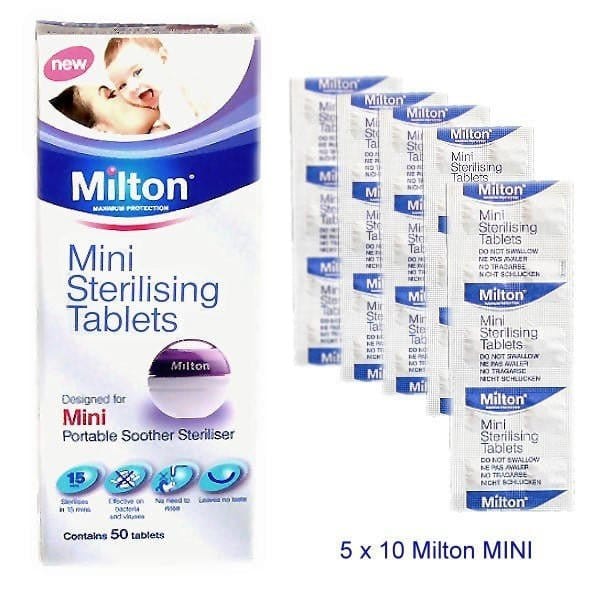

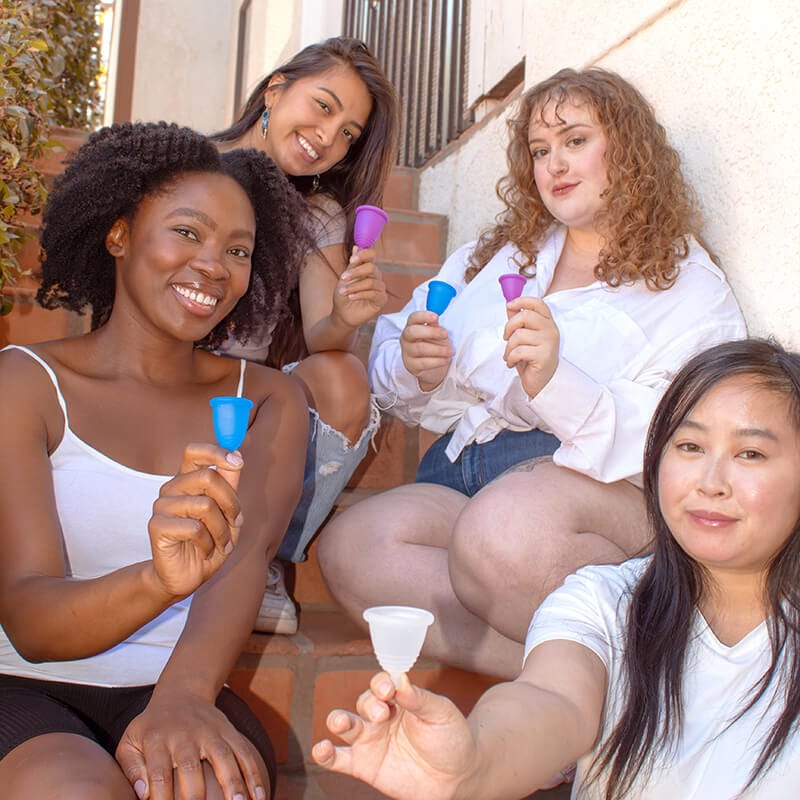
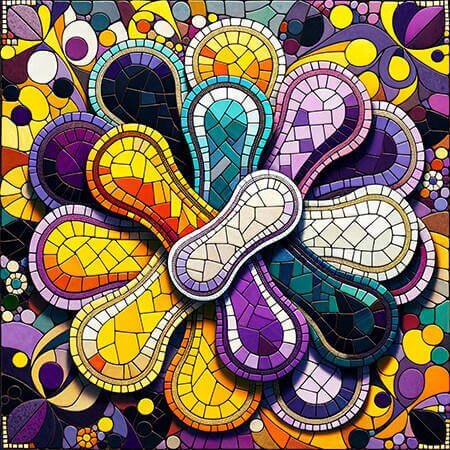
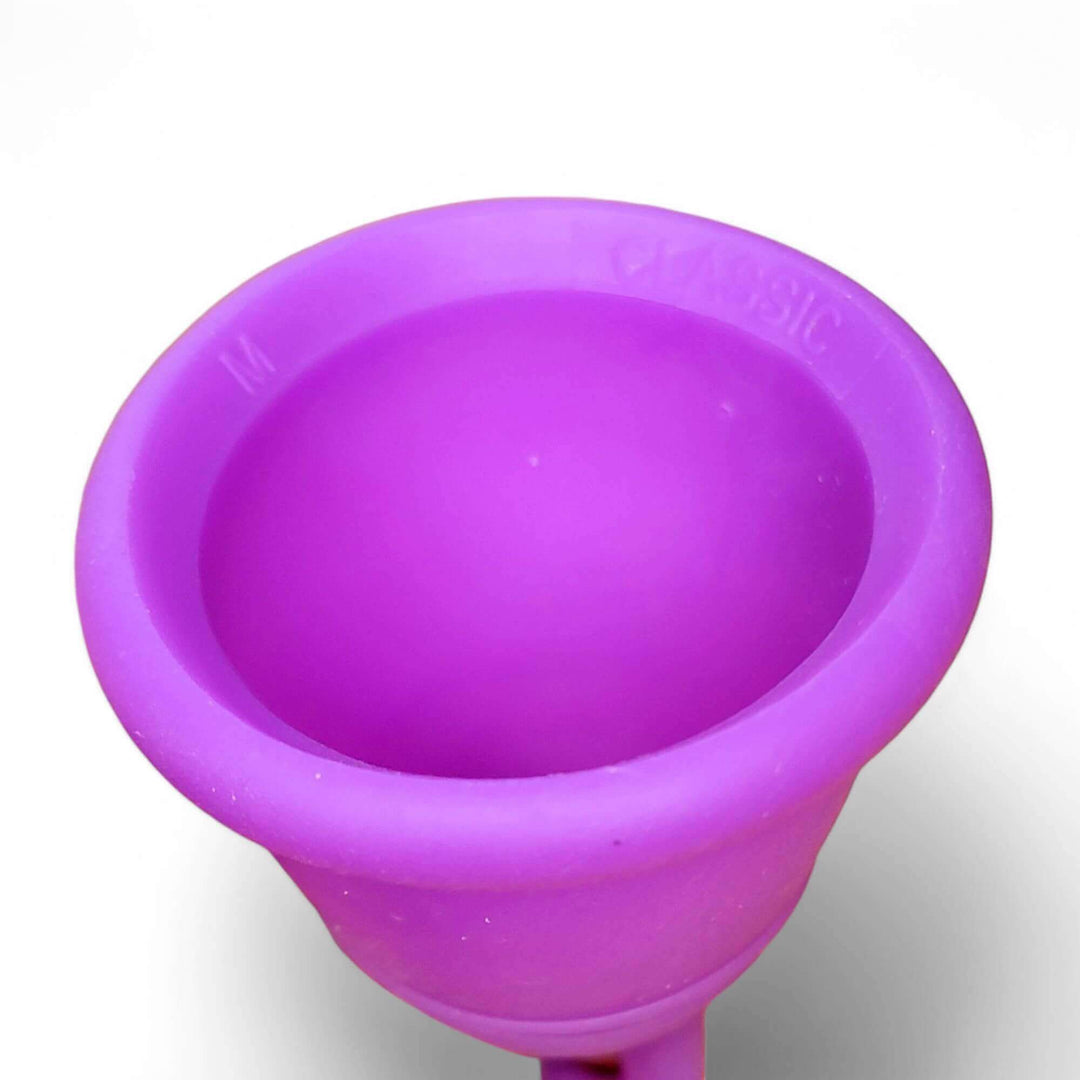


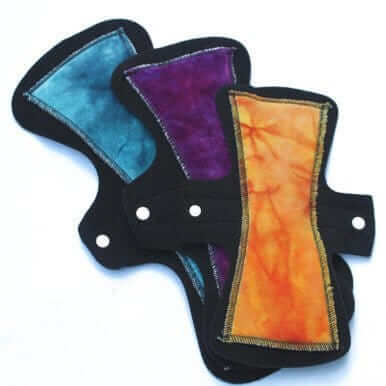






Leave a comment